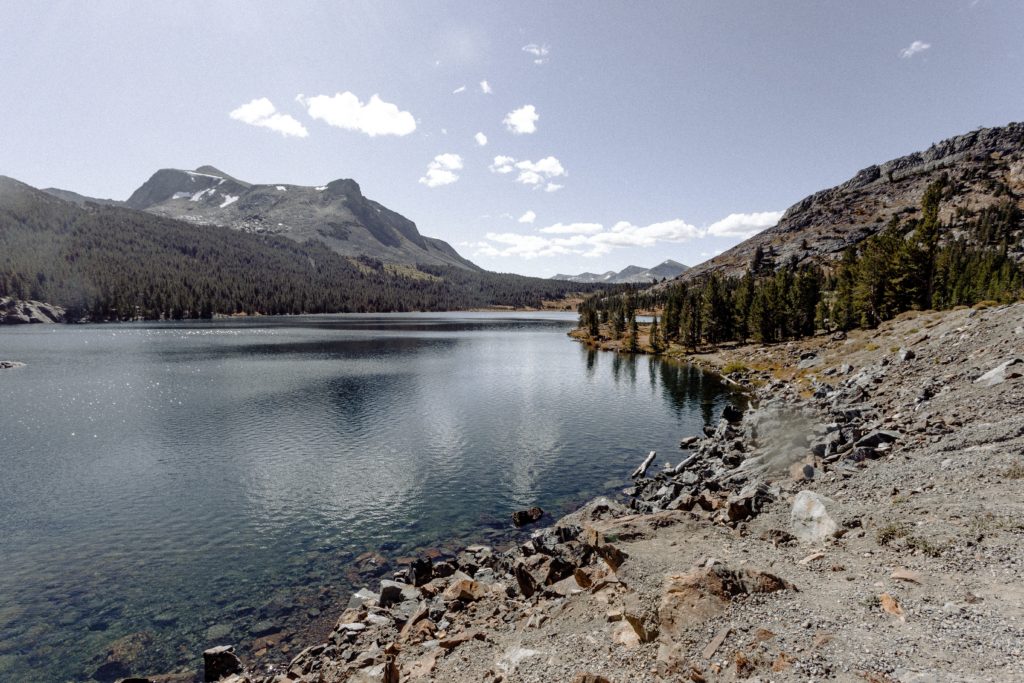Understanding Petrophysics and Application to Carbonate and Fractured Reservoirs

Estimated reading time: 6 minutes

Integrated Petrophysics for Carbonate and Fractured Reservoirs
What is petrophysics?
Petrophysics is defined as the study of the physical and chemical properties of rocks and their interactions with contained fluids. Petrophysics are used in studying reservoirs for the hydrobcarbon industry. More specifically, petrophysicists work with reservoir engineers and geoscientists to understand the rock properties of the reservoir. They work together to derive how pores in the subsurface are interconnected, controlling the accumulation and migration of hydrocarbons. Some of the key properties studied in petrophysics are lithology, porosity, water saturation, permeability and density. A key aspect of petrophysics is measuring and evaluating these rock properties by acquiring well log measurements – in which a string of measurement tools are inserted in the borehole, core measurements – in which rock samples are retrieved from subsurface, and seismic measurements. These studies are then combined with geological and geophysical studies and reservoir engineering to give a complete picture of the reservoir.
What is petrophysics data?
Petrophysics data comprises of various data types such as seismic data, magnetic data, well logs and various reservoir data such as the thickness, lithology (rock type), porosity, fluid water saturations and pressures, fluid identification and characterization, permeability, density and fractional flow.
The overall goal of developing the petrophysical database is to use as much valid data as possible to develop the best standard from which to make the calculations of the petrophysical parameters. Often, petrophysicists also work with existing petrophysical data at have been collected earlier.
What is petrophysics analysis?
The characteristics and data collected are interdependent. The science of petrophysics is then used to reveal and understand the rock and fluid properties found in reservoirs. The petrophysicist then uses various tools and models to get the true picture of the subsurface reservoir from the available data when conducting petrophysical studies.
Application of petrophysics in carbonate and fractured reservoirs
More than 60% of the world’s oil and 40% of the world’s gas reserves are held in carbonates reservoirs, and a large proportion of them are considered as naturally fractured. For example, the Middle East holds 62% of the world’s proved conventional oil reserves, with about 70% of these reserves in carbonate reservoirs.
What is a fractured reservoir? A fractured reservoir is defined as “Any reservoir in which naturally occurring fractures have, or are predicted to have, a significant effect on flow rates, anisotropy, recovery, or storage’. A fracture is sometimes called a joint and, at the surface, are expressed as cracks or fissures in the rocks.
The most significant effects on fluid flow and reservoir performance occur when fractures are preserved open, as this indicates high capacity conduits and a high contrast in permeability between matrix and fracture system. The presence of open fractures has a large impact on well rate and ultimately recovery in such reservoirs.
Fractured carbonate reservoirs commonly very heterogenous with respect to both matrix and fracture properties. Heterogeneities are caused by fracturing at different scales found on natural varied textures from deposition and diagenesis. This heterogeneity can result in large variations in productivity between wells, and a large proportion of the production might come from a short intensely fractured interval within a single well. The size of fractures (i.e. length and height, or radius) is influenced by layering or mechanical stratigraphy.
The presence of fractures in carbonate reservoirs plays a major role in reservoir characteristics. Thus, detecting the correct fractured intervals before the borehole leads to better evaluation of the reservoir zone.
In general, the characteristics of different generations of structures are controlled by deformation conditions (including rheology, fluid pressure, temperature and stress state) that change over time. The change in stress regime may be on a regional scale, due to plate movements, or on a local scale, due to stress perturbations or rotation owing to local tectonic movements.
Integrated Petrophysics for Carbonate and Fractured Reservoirs is a 3-day training course held from 9 – 11 December in Kuala Lumpur. This course presents the complete carbonate & fracture evaluation recipe for carbonate petrophysical characterisation, from quick look log analysis to full core-log-test integration. It is also a systematic plan of action for carbonate petrophysics, from data acquisition to core, log and well test integration, highlighting the problems and explaining solutions. All data is ranked and located correctly in the workflow, from drilling and LWD to well tests and the latest hi-tech logs. This recipe provides a definitive set of results and secure basis for decisions for the management of any carbonate or complex reservoir. The course’s powerful Excel Carbonate Petrophysics Toolbox includes all workshops, a detailed Sw cap.press:n calibration, a vuggy carbonate QL LAS evaluator, PetroDB-WEB extracts, QL Sigma, HPV Sensitivities and calculators for fracture probability and fracture & HPV.
 |
